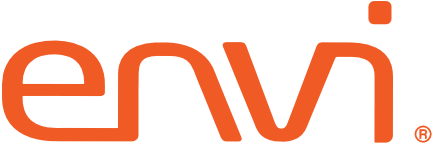
It’s never been more important to know what supplies are available for use within your organization. Provider facilities offering ambulatory services have experienced sudden stops and starts this year, while others like acute or urgent care organizations have had to push ahead through unexpected variables. Organizations are trying to answer questions like: “What situations do I need to prepare for? How many patients will need care? What kind of issues will we need to treat?”
Throughout this global pandemic, the most frequent question we’ve heard from supply chain leaders is “how can we ensure we’ll always have the supplies we need?”
In a recent blog post, we talked about the importance of clean data as the foundation of your supply chain processes. Today, let’s look at understanding supply usage, which helps organizations gain visibility and better understand key factors, such as:
- What items are currently available for use within my organization?
- What is our ongoing rate of consumption?
- What variables, including supply levels, department and procedure volumes, need to be adjusted based on higher or lower volumes of patients, seasonality, unusual demand peaks, manufacturer shortages or other factors?
A quick process check
To move toward a better understanding of supply usage, let’s make sure some key components are in place:
- Physical count – Best in class organizations complete a physical count quarterly or semi-annually. Physical count is the validation step needed for an accurate baseline of supplies on-hand.
- Receiving in-bound items – Performing daily receiving of incoming supplies helps increase system-wide visibility to inventory, and provides a key piece of accurate data about supplies currently available for use. It also gives greater visibility to delayed or back-ordered items that need to be proactively managed.
- Increase visibility to items in inventory – Setting up your inventory areas with barcode labels for every item, using a barcode scanner to record depleted inventory as you pull supplies, and setting up auto-PO functionality can help ensure you’re not going to stock-out of frequently used items. It will also help you get a handle on usage and seasonal consumption over time.
Need help getting the whole team on board?
Tracking consumption helps improve supply chain performance and system profitability. Your organization will benefit from understanding costs, margins and profitability, as well as having visibility to usage over time to support planning and forecasting. From a supply chain planning perspective, tracking consumption will help:
- Build out the models you need to understand supply demand over time – including times of extreme supply chain stress.
- Increase long-term visibility, which creates understanding of the impacted of seasonality and unprecedented situations, including things such as a pandemic.
You’ll also improve the partnership between finance and supply chain. From a finance perspective, tracking consumption data:
- Drives accuracy in patient billing, identifying billable items and helping increase revenue
- Increases visibility at the organization, department, physician or service line level, in turn helping improve budgeting, forecasting and planning
While you may not be able to anticipate every situation, complete visibility to all supplies you have on-hand and accurate data about incoming supplies and back-orders, combined with trends in consumption over time will help you plan for and build a more resilient supply chain for your organization.
